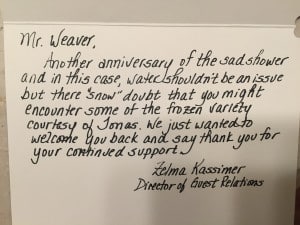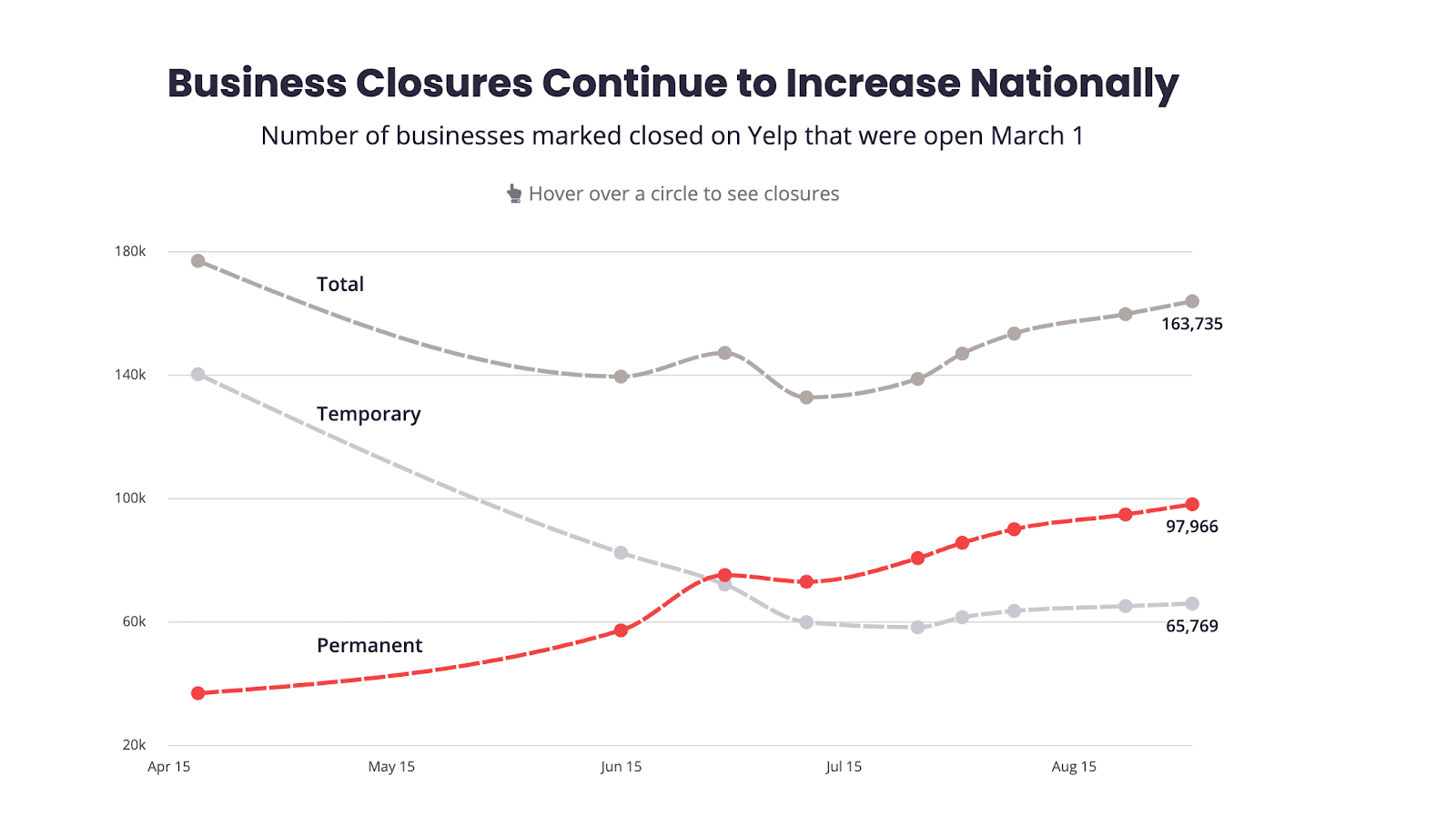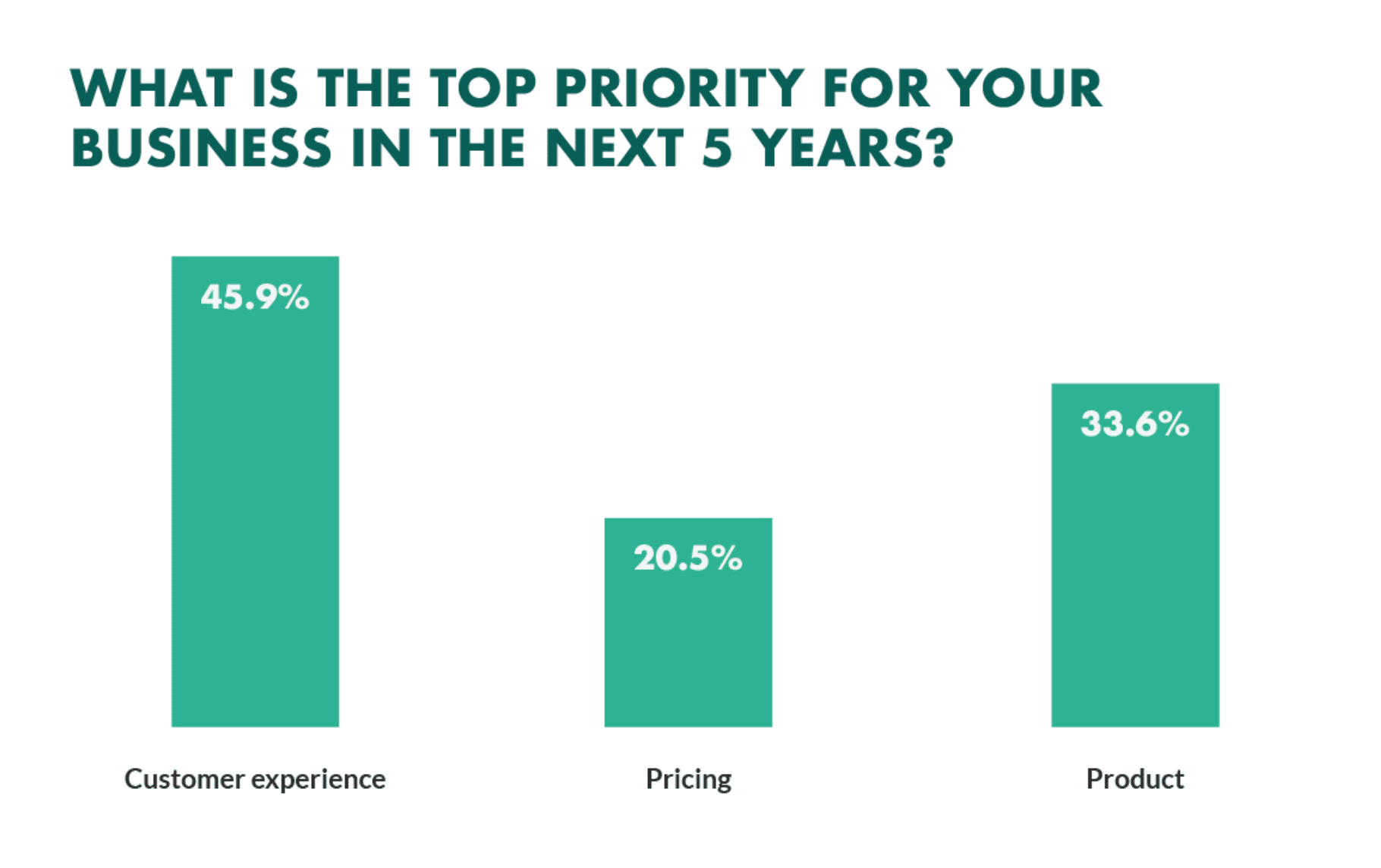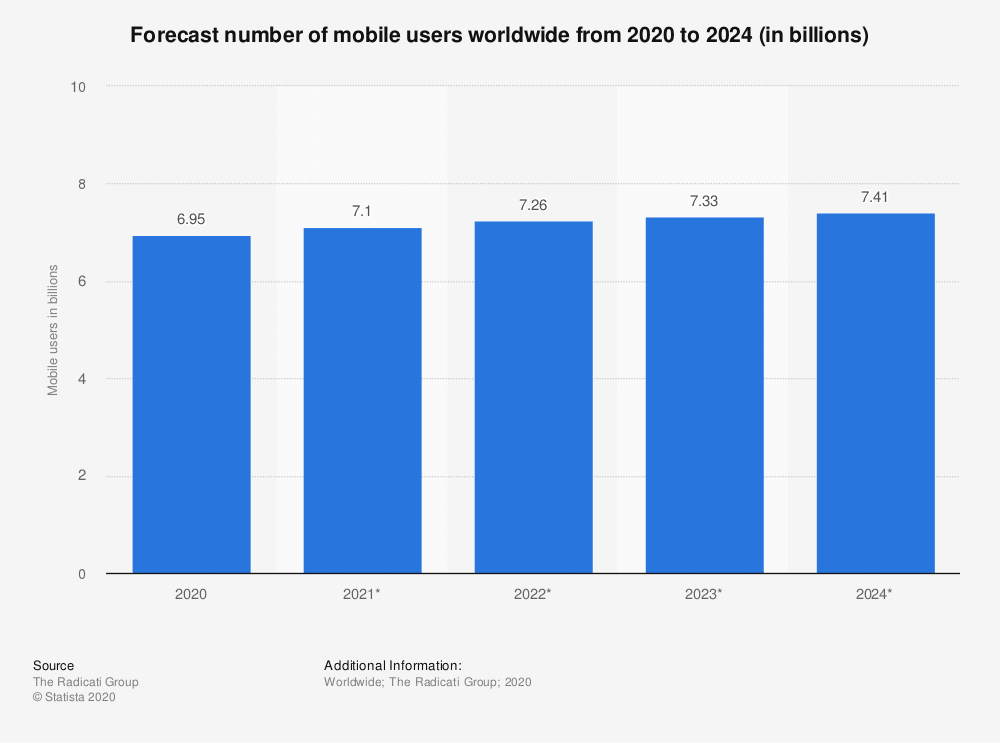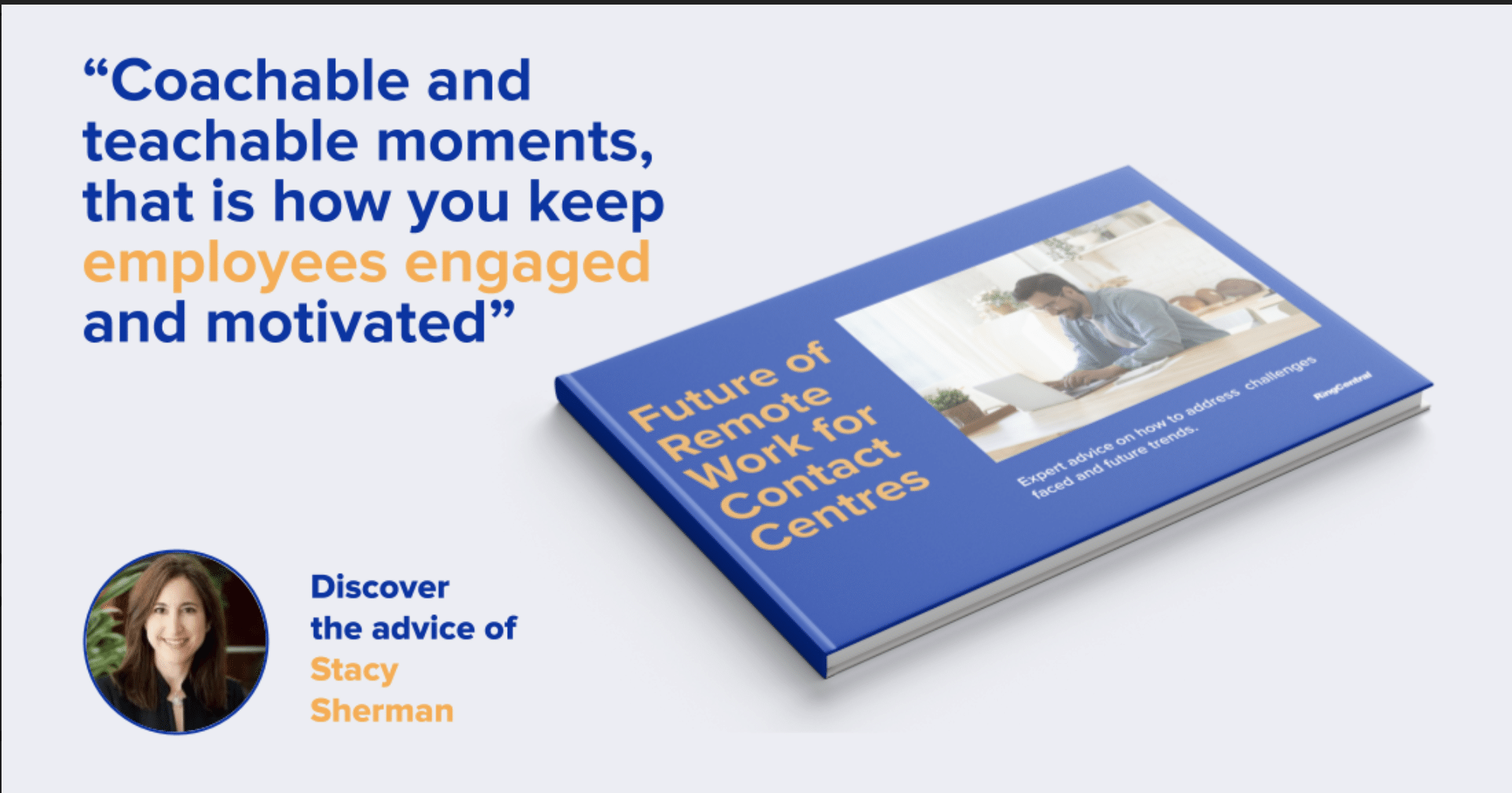Full Episode Transcript about why you must drive customer experience (CX) through employee experience (EX):
Gabe Larsen: (00:11)
Hi, welcome everybody. We’re excited to get going today. We’re going to be talking about why you must drive the customer experience with the employee experience. I think this is one of those often missed conversations. To do that we have two special people joining me today. Both Stacy and Vikas, why don’t you guys take just a minute and introduce yourselves? Stacy, let’s start with you.
Stacy Sherman: (00:34)
Yes. Hi. I’m happy to be here. Stacy Sherman. I am the Director of Customer Experience and Driving Employee Engagement at a global company, Schindler Elevator Corporation. And also live and breathe CX when I’m not at work through my blog and speaking about Doing CX Right.
Gabe Larsen: (00:56)
Yes. And I’ve been following. We got to make sure people see that we’ll get a link to it. Doing CX Right. Lot of great thought leadership coming from Stacy. And she will be sharing some of that with us today. Vikas, over to you.
Vikas Bhambri: (01:09)
Vikas Bhambri, Head of Sales and Customer Experience here at Kustomer.
Gabe Larsen: (01:13)
Yup. My right hand man, as we cohost our Experience Fridays show. And I’m Gabe Larsen. I run Growth over here at Kustomer. So Stacy let’s get into this. I want to go big picture for just a minute. What do you think is broken in customer experience today? So many things going on. What’s not working?
Stacy Sherman: (01:32)
I believe that it starts with culture, right? It’s about the people. So the best in class companies have that customer centric, no matter what perspective, at the top. And then those are the leaders that also drive that engagement all the way through the organization. So it’s a bottoms up and a top down where everybody’s walking that talk.
Gabe Larsen: (01:57)
I like the bottoms up approach. Vikas, what would you say? What do you think is most broken?
Vikas Bhambri: (02:03)
No, I think Stacy hit the nail on the head, right? I mean, customer obsession is something that needs to be cultivated across the board. And I think we’ve always talked in the CX space about the three pieces to an effective program. People, process, and technology. And a lot of money and time is spent on process and technology, but very little is spent on people. And I think if you look at the companies that separate themselves, they put as much, if not more emphasis on the people end of it, than they do process and technology.
Gabe Larsen: (02:37)
Well, why do you guys think that is? I mean, process, is it because processes and technology are a little bit easier to do and the people side of it’s hard? Stacy, what do you think? Why do people not grasp the people side as much maybe as the technology side when it comes to optimizing the customer experience?
Stacy Sherman: (02:55)
I believe that companies, especially old school companies are still understanding that customer experience is a competitive weapon. It gives a competitive edge and we have not fully, fully shown the ROI behind culture and experience and why it matters. We know over the longterm and there’s so much research behind it, but it’s really proving out. It’s somewhat of a new field. I mean, customer service has been around forever, but that’s different than customer experience in that holistic view.
Gabe Larsen: (03:35)
Well, I like that because I do feel like you guys, that when you map a journey of a customer and you change a process, you can often find the efficiencies almost in dollars and cents, right? You can literally see something change, whether it’s in efficiencies and cost savings, or maybe it actually revenue in growth. When it comes to the people side of it, maybe that’s the problem, Vikas, isn’t it? You focus on kind of engaging your employees and making them happier, it’s harder. It’s kinda harder to see the ROI. Is that, is that kinda where you’d go or what would be your thoughts as why it’s difficult to kind of focus on the employee side?
Vikas Bhambri: (04:12)
Well, I think a lot of people look at it as unfortunately, a necessary evil. Like, we hear terms in the industry about the, it’s a cost center, right? And the moment you have that mindset, then everything you’re doing in that part of your business, you’re not necessarily looking at things like top line growth. And so, I always joke that. My peers in marketing, I’ve always had this advantage. Big budgets, et cetera, because everybody’s like, “Wow.” And it’s amazing. Right, right. We spend so much to acquire the customer and then we like throw them back into the dark ages, right? We have all this amazing technology, all these cool tools to acquire the customer. And then we send them into the dark ages. And with these people that sometimes literally look like they’re sitting in antiquated workspaces as well. So I think there’s a lot of that thoughtfulness that has to go into how do you want to treat customers after you acquire them, right? And then engaging the customers to deliver that amazing experience.
Gabe Larsen: (05:18)
This is a question that just came in on LinkedIn from Carrie. I wanted to throw it out to you guys. This bottoms up. I thought this might be interesting because it’s one that we do say you gotta get the leadership behind it, but how do you actually influence that bottoms up culture when it comes to the people? You want to start with this one, Stacy?
Stacy Sherman: (05:36)
Yeah, sure. So we are asking customers for feedback, thousands and thousands of different sources that we collect. And the key is that it’s using that feedback once closing the loop, right? Letting the customer know we heard you and we’re making changes, but also engaging your front line and having them look at the feedback, use it in their meetings, having leaders celebrate those good scores, satisfaction, NPS, et cetera, and using the other detractor ratings as coaching opportunities. And it’s that drum beat that we do that really drives that culture, that caring and empathy and best practices.
Gabe Larsen: (06:25)
Yeah, it is about, I mean, when we say bottoms up, guys, I think that is one of the key elements is you got to go to the front. So that’s the frontline employee, or that’s the frontline customer. We just did Vikas, at our own company, one of these employee engagement surveys and these action planning sessions where we sat down with some of the frontline people and asked them, “What do you think about how we can improve,” not only their own culture, but some of the customer experiences. And I was surprised, I was pleasantly surprised like, “Wow, these guys really know it. Like some of their ideas were a lot better than I think just asking the customer how we can improve their experience. And so I’m becoming more and more of an advocate of the employee side, the survey and using them in action planning sessions to see if we can’t get that bottoms up feedback to actually change some of the top end processes. Vikas, what would you add on bottoms up?
Vikas Bhambri: (07:17)
Well, look, we’ve talked about voice of the customer for years, right? It’s, what we look at in our program is voice of the employee of the customer, right? So our frontline, my customer success managers, my technical support specialists, they understand what customers are looking for. Obviously with Kustomer, in a contact center CRM platform, what are some of the things that they feel challenged with with their current tool set? What are they looking for? Whether it be reporting or other things. So I think really giving them a voice back with our product team, et cetera, to do that. The other is the frontline often really wants to do right by the customer. And they get hampered by process, right? We kind of put the handcuffs on them and where I’ve seen people really, companies be really effective here, some of our customers that we work with, is empowering that frontline. Allowing them to go above and beyond. We all hear about that amazing Zappos story that is now a mythical legend about somebody who sat on a phone for eight hours, talking somebody through a journey with their, with their product selection. Now that’s an extreme, but can you empower your people to go above and beyond? And then the third thing that I am really excited about is I’m seeing more and more companies put the executives or new employees in the chair of their frontline as part of their onboarding. So as part of your onboarding, go sit with your support team, hear your customers, feel their pain, understand their challenges, and then rotate your executives into that on a regular basis. I think those are all pretty exciting ways to approach this.
Gabe Larsen: (08:53)
[Inaudible] Because I think as executives, you do, you just lose that vision. You lose, and you start to get into your meetings. You start to get the, you lose the bottoms up approach. I liked some of those ideas. Stacy, sorry. You were going to say something.
Stacy Sherman: (09:07)
Yeah, no. It’s exactly what we’re doing. At my work places, we’ll go out and spend time visiting the technicians, right? Those really important people who are fixing the problems and servicing customers, those technicians and mechanics every day. And so those not in that job will go and spend time. And I’ll tell you, I recently visited, before COVID, a hospital. Spent the time with a technician and I was amazed at how much he does in a day. Putting myself in his shoes and how he services the customers and it’s a big job. And I, so I agree with you. You’ve got to walk in employee’s shoes as well as the customer’s shoes.
Gabe Larsen: (09:55)
Yeah. Interesting. Dan, I think Dan, I love this word, Dan, this is kind of a inverted pyramid. CEO goes at the bottom customers at the top, and you start to kind of actually action a culture that brings the employee feedback all the way to where it shouldn’t be probably front and center. Are there some other things you guys, when it comes to using the employee to drive customer experience that you’ve found either beneficial in some of your interactions, your coaching, or just in your own effort? What are some of those tactics you’ve found to really drive the employee experience that ultimately drives the customer experience? Stacy, anything that comes to your mind?
Stacy Sherman: (10:35)
Yeah, well it’s what was said before about the voice of employees. So when they feel that they’re valued and they’re part of business decisions, they own it more. So part of our customer experience team is literally going out and talking to the employees before we launch something, before there’s some, as we frame up a new feature or a new anything, right? Involving the frontline into that feedback mechanism. And then they feel, they feel like they matter. And that’s huge.
Gabe Larsen: (11:12)
Yeah. I felt like the thing that you really can, you gotta be careful of it, if you’re going to go with this bottoms up approach, you’ve got to actually do something with the feedback, much like customer experience. You ask a question to an employee or you take the time to do what Stacy’s recommending and do an interview or do an engagement survey, and then you don’t actually action on that, I think you’re going to find that your engagement among your employees will probably drop more than where it was currently. So be conscientious of asking without actioning. Vikas, other things you’ve seen? I loved kind of getting the executives and listening to some of the phone calls. Other ways you’ve found to kind of empower agents to therefore empower customers to be, to have that great experience?
Vikas Bhambri: (11:59)
No, I think, as I said, I’ve seen where certain brands that we work with have given their frontline a budget. A budget to go send a thank you card or a birthday card or a birthday gift, or a token of their appreciation, right? Some have done where if they’re on a call that they can offer a coupon or something to that effect, right? So some really things, once again, empowering them to really, truly build that relationship with their customers. And then how do you recognize employees that go above and beyond, right? We’ve got the concept here at Kustomer. We call it the DJ Ty By award. Don’t just talk about it, be about it. And on a regular basis, we recognize those team members. And it’s not just the frontline, right? It’s the engineer who goes above and beyond to work on a bug over the weekend, right? It’s somebody in facilities who make sure that our, when we had our big Kustomer day event in our office, right, that the place looks amazing and it’s set up to entertain our guests. So I think it’s all of those things, right? If you create that culture that really becomes around rewarding and recognizing your employees for when they go above and beyond, I think those are some things that have really been successful.
Gabe Larsen: (13:20)
And one of the things I love as a resource, you guys, that you might want to check out is the Gallup Q12 Questions. It’s for those of you who don’t know Gallup, it’s a research-based consulting firm, focusing on the behavior like economic science of employee and customer engagement. And I don’t want to read through them, but there are some comments coming in about this on LinkedIn As you think about that bottoms up culture. Let me just tell you a couple of these, because I think it’s a great way to start formulating the culture of employee engagement that then translates to the customer and I want to get a couple of your guys’ opinion on some of these. So question one, they say, do you know, what’s expected of you at work? If an employee can answer this positively, they’re more likely to provide an engaging customer experience. Two, do you have the materials and equipment you need? Three, at work do you have the opportunity to do what you do best every day? In the last seven days, have you received recognition? Does your supervisor, someone seem to care about you as a person? Is there someone at work who encourages your development? At work do your opinions count? And on and on. And this is a great framework I’ve found to start to think about how you actually drive I think that engagement culture, and maybe for some of you who are asking the question, a good place to start. One of these questions, you guys, it often is debated and I just want to throw it out here, is this idea of, do you have a best friend at work? And Gallup states that if you do have, if employees can answer this in a positive manner, they’re more likely to deliver a customer experience? Quick thoughts on one. Do you feel like that’s odd or how would you kind of explain that to the audience? Stacy, I’m putting you on the spot, but thoughts on facilitating more friendships among employees to ultimately drive the customer experience?
Stacy Sherman: (15:05)
I love that because –
Gabe Larsen: (15:07)
Number one though, isn’t it, it’s a little weird.
Stacy Sherman: (15:10)
I love it because again, it’s all about relationships and connection, so it makes total sense. And actually as a leader, right, of a team, I’m very focused on that. Like we just recently did a book club. It was a work book club around Simon Sinek, Start With the Why.
Gabe Larsen: (15:33)
Love it.
Stacy Sherman: (15:33)
Yeah. And we got to talk about each chapter, understand the why, and now we are all able to help each other, make sure we hold each other accountable to our why’s and we wouldn’t have done that without being vulnerable and a friendship to do that.
Gabe Larsen: (15:50)
So you’ve kind of used a book club as a way to facilitate some of those relationships which ultimately kind of drives some of that engagement. Vikas, we’re obviously more of a remote culture at the moment and we’re having a different experience. Any things you’ve done or you’ve seen customers do to facilitate this friendship at work, this more kind of conducive collaborative environment across companies?
Vikas Bhambri: (16:16)
Look, I think the key thing there, what I think the gist of that is if you create a camaraderie where folks feel that they’re in it together. So one is how do you break down those barriers where people can go and feel comfortable asking for help? Going to one another for help, without feeling like, “You know what? People are gonna look at me like I don’t have the answer,” right? And the whole thing about, kind of that friendship environment, to me, it becomes a very key thing where if you feel that camaraderie and kinship with your peers and then of course, eventually the company, you think about it in the mindset, “Do I want to let these people down?” And I think that also creates an environment where people want to go above and beyond. When you perhaps don’t have those relationships, don’t have connections, then you’re more likely to say, “You know what? I’m just going to mail it in.” So I think that’s kind of what creates that environment, where you don’t want to let your teammate down, right? “So I see how hard Gabe is working well, you know what? Vikas, has to step it up,” right? So I think those are some of the kind of collegial environments where people promote success.
Gabe Larsen: (17:23)
That’s actually question number nine on that survey, Vikas, is, are your associates committed to doing quality work? I think you’re right. If people start to feel a little bit of that prep, prep is maybe not the right word, but they start to fill it, they jump on it. Stacy, what were you going to add?
Stacy Sherman: (17:38)
One word comes to my mind as you were just speaking. The word safety. We always think about safety from physical, but in a company it’s actually about mental safety too. Mental safety to express your views. Safety that you won’t be judged. And that’s something that people don’t first and foremost think about.
Gabe Larsen: (18:01)
I think we’re getting that more and more, because we’re all feeling a little vulnerable right now. I know I am. If anybody wants to talk to me about that, we can. Vikas knows I’m feeling vulnerable. Let’s end with this question, Carrie, appreciate the questions during the session. So since all CXE says includes cross-functional teams, how do you ensure teams like Ops and Marketing that may not always be in direct contact with the customer provide that consistent customer experience? So he’s talking about the whole customer journey. How was it not just my support team? How is it not just my sales? How do we kind of come together? Ooh, I don’t like that. That’s a harder question than the other softballs. Stacy, what do you think?
Stacy Sherman: (18:48)
No, it’s not hard.
Gabe Larsen: (18:48)
Okay, sorry.
Stacy Sherman: (18:52)
No, it’s not hard.
Gabe Larsen: (18:54)
Give me time to think, Stacy. I was just kind of –
Stacy Sherman: (18:59)
No, thinking, it’s the answer is you bring everybody to the table. All the different organizations come together to build the customer journey map. And everybody has a piece, right? How customers learn and buy and get and use and get helped. You have all the right teams who own those different parts of the journey and they’re at the table, and then you design it together. You co-create it together. And then you go validate it with the customers and find out where are the gaps.
Gabe Larsen: (19:31)
Yeah. Bring everybody to the table. Vikas, what would you add?
Vikas Bhambri: (19:33)
No, I think, I think what Stacy said is spot on. I think if I look at, first of all, it starts with the values of the brand, right? What are your, what’s the, what are the values that you adhere to as a company? And that should be consistent across all departments, regardless of function. The second piece of it is your brand voice, right? If your marketing team is out there and they’re promoting partnership and things like that, and then you’re not following through on the backend, well, shame on you. So I think it has to be that alignment because the messaging you’re telling your customer at the frontend has to be delivered on the backend, right? Goes back to what I was saying earlier. The Ops is really interesting because Ops is indirect in contact with customers, right? The way you even bill a customer, you invoice them. The way that you reach out to them if they haven’t made a payment in time. If you’re a customer first brand, is your first notice to them that, “Oh man, you haven’t paid me,” or is it, “Hey, is everything okay? We didn’t get a payment from you. That’s not normal. What can we do to help?” So I think even the tone that these other functions take, we’re seeing it now, right? Obviously with the pandemic is how we, as a cross-functional team are meeting on a regular basis to talk about our customers and understand what is impacting specific customers and what can we, as a company and partner do to help them through this crisis. It’s a cross-functional team that meets on a weekly basis through this pandemic to have these conversations. And it’s regardless of the function in the company.
Gabe Larsen: (21:04)
Oh, I love it. I don’t know if I’ve got much to add on that one. Carrie, I do like the communication, the feedback loop. Nothing better than when you start to celebrate successes and other people can start to feel it because Marketing, Ops, they have sometimes a harder time wanting to join. But if they feel some of that, those customer quotes that come in, as you know, or having these conversations that the support person hears, if you can have other people experience that, it makes other functions want to participate because they want to join the party. So that might be one tactical thing to think about. All right, well, as we leave you guys, maybe just quick summary comments. We hit a lot of different items, appreciate the audience questions. As you think about driving the customer experience with employees, what do you leave the audience with today? Stacy, let’s start with you.
Stacy Sherman: (21:55)
As leaders, we have to empathize and really listen. There’s no cookie cutter approach here. So really listen to what each person’s individual needs are, including their return back to the office and helping them. Because there’s a lot of mental and physical ramifications of COVID. So that included, really listening, empathize and then adapt to what meets their needs.
Gabe Larsen: (22:26)
Love it. Vikas, what did you want to –
Vikas Bhambri: (22:27)
So, I’ll kind of tie my summary back to what Carrie said, the inverted pyramid, right? I liked the way he phrased that. And I know a lot of people that I talk to love watching television programs like the Shark Tank and so on. I’ll tell you one of my favorite shows, and as a 20 year CRM contact center lifer, is a television program called the Undercover Boss. And that’s where CEOs dress up in disguise and go out there and work side by side with their team members in the frontlines, right? Whether it’s making pizzas or making pretzels all the way out to being a surface technician and the key message of that program, which I think Stacy alluded to, is speak to your frontline. Experience what your frontline is seeing and going through. And I think those are great lessons. Every time I watch that show, I’m amazed by like the revelations that a CEO of even a company that’s been a multi-generation family company. It’s like, “Wow, I never knew. I didn’t realize this was going on. I didn’t realize we were making these decisions that were impacting our customers and our frontline employees.” And so those, if anybody hasn’t seen their program and you’re a CX professional, I would strongly recommend it and try to get your CEO to watch it if you can.
Gabe Larsen: (23:51)
I love it. What’s it called? What was it called one more time?
Vikas Bhambri: (23:54)
Undercover Boss.
Gabe Larsen: (23:55)
Undercover Boss.
Stacy Sherman: (23:56)
It’s walking in the employee shoes. That’s literally what it is, but also walk in the customer’s shoes.
Gabe Larsen: (24:02)
Yeah. So, I mean, it’s one of the things we forget. Like we talk so much about walking in the customer’s shoes. Maybe we should try walking in the employee’s shoes. Well Vikas, Stacy, as always, appreciate you joining and for the audience, thanks for taking the time and have a fantastic day.




